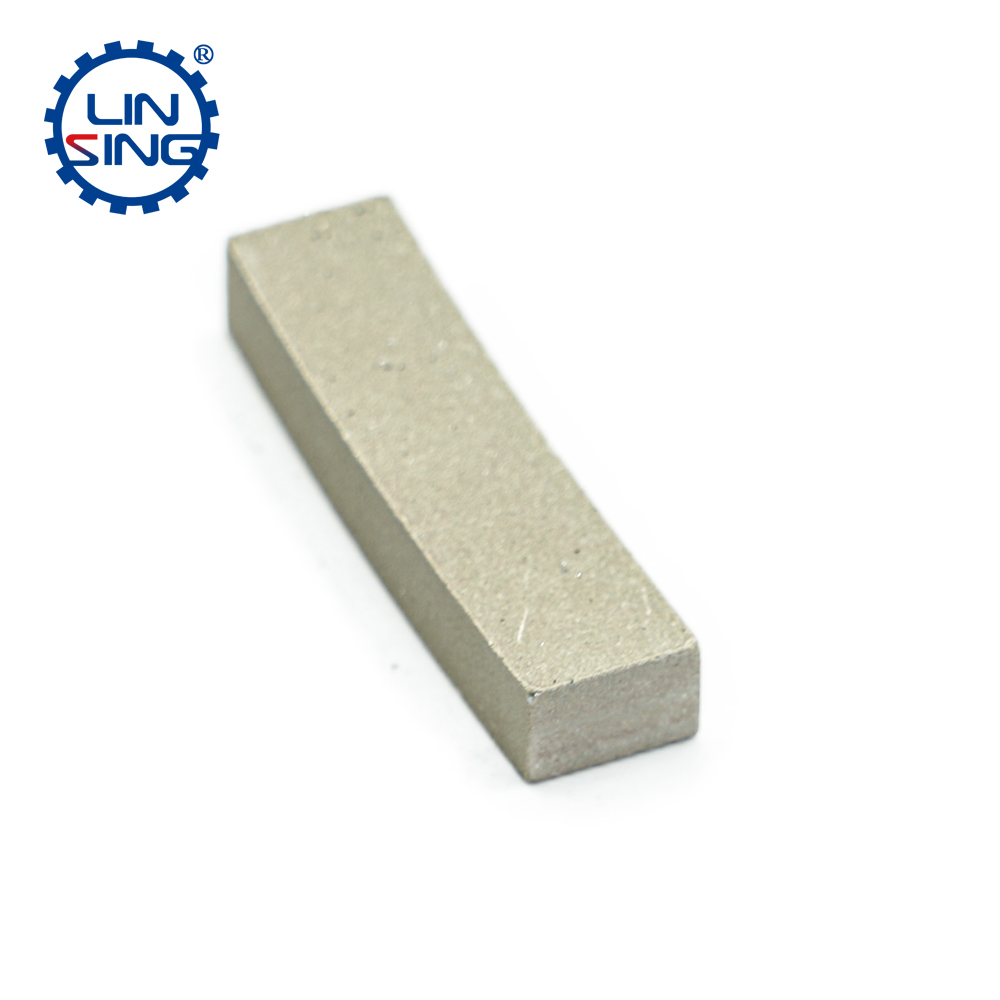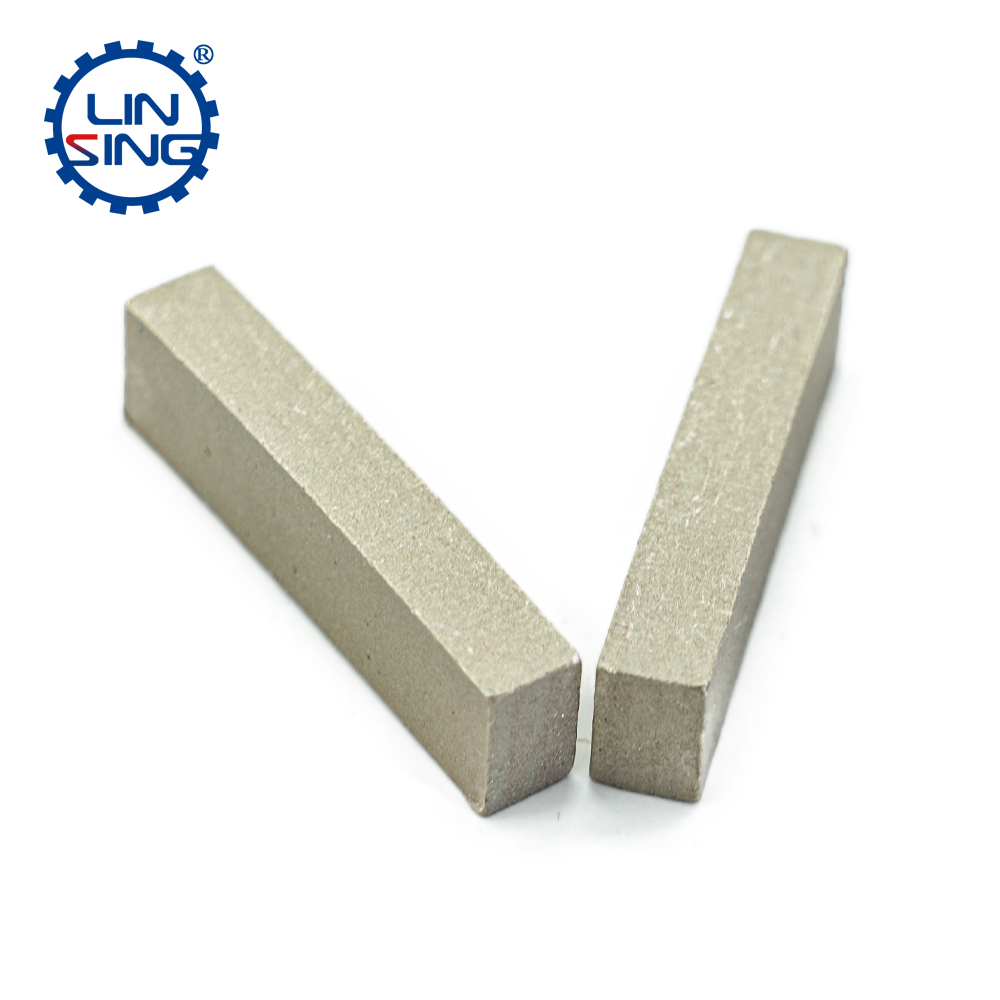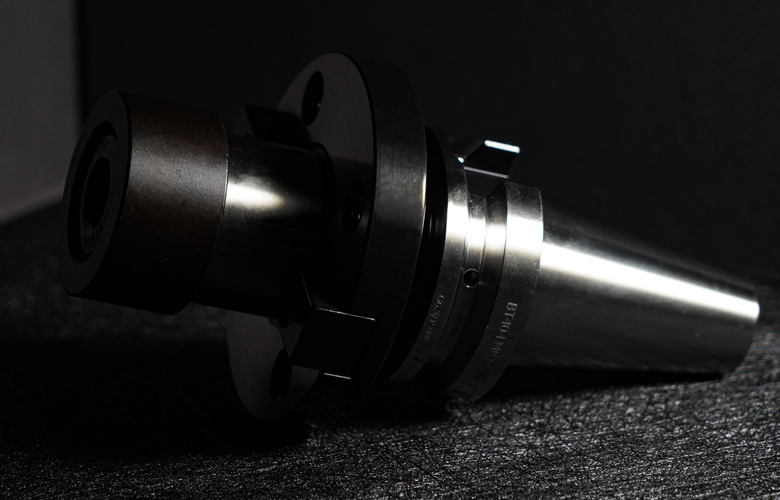The detection method of diamond segment includes two parts of detection, the first type is raw material detection, the second type is the detection of semi-finished products and finished products in the process of diamond segment production, and we will explain in detail below. Raw material testing part:
Raw material testing part:
1. Diamond detection. Diamond detection is mainly divided into three important steps: diamond particle size detection, diamond strength test, and diamond shape detection.The diamond particle size detection can accurately determine the particle size of the diamond segment, which is convenient for the sufficient ratio basis in the later stage of the segment particle size ratio. The diamond strength test requires the use of a diamond strength detector to accurately test the actual strength of the diamond and to better judge the applicable cutting scene of the diamond; And the diamond shape detection is to better screen out the diamond shape ratio that is more friendly to certain stone cutting, to promote the subsequent research and development of more cost-effective diamond segments, and to avoid theadverse effects caused by unsuitable diamond shapes.
2. Metal powder detection. The detection of metal powder is to better detect the purity of metal powder, hybrid type, oxidation degree, particle size and other aspects. Metal powder detection can greatly improve the stability of the quality of segment products, and can also judge the raw materials to the maximum extent, rationally control the procurement, and can also reduce the production cost of the enterprise.
3. Mold inspection. Mold inspection is mainly to analyze the mold through measurement and visual observation. The biggest advantage of this is to ensure that the size change during the production process of the segment will be greatly reduced, and the shape stability of the segment will be guaranteed.
4. Sintering machinery inspection of the diamond segment. During the sintering process of the diamond segment, different machines and the newness of the machinery will affect the production of the diamond segment, especially the difference in temperature and pressure, which will easily cause the difference in the stability of the diamond segment, So before producing the diamond segment, it is necessary to have a full understanding of the performance of the machine, so that the stability of the entire batch of diamond segments will be improved.
The detection part of the diamond segment production process:
1. Size
The size of the diamond segment reflects the quality of the sintering process. After accurately calculating the addition amount, under the correct sintering process conditions, the diamond segment size is allowed to have a deviation of 0.1mm, otherwise there will be problems. There are two general situations,one is that the scale is too large. Most of the reasons are: the powder is seriously oxidized, and the pressure is not in place under the specified temperature and pressure; the temperature is too low, the alloying is not formed and the sintering work cannot be completed under the applied pressure; The other is that the amount of material added is too large. the mold is too old and the scale is too large. The large size of the diamond segment actually reflects the poor density of the diamond segment. Such a metal bond has a greatly reduced holding force on the diamond. Although the diamonds in one diamond segment are well exposed, the service life is greatly reduced due to the sparse density of the metal bond. Therefore, in the production process of the diamond segment, it is necessary to measure the size of the diamond segment in multiple steps. Once problems such as serious size deviation of the diamond segment are found, the production process must be adjusted in time. 2.Hardness
2.Hardness
Hardness is one of the indicators reflecting the quality factors of diamond segments. It reflects the content of the metal powder quality, formula, process and other aspects in the production process of the diamond segment in disguise, but it cannot directly indicate the cutting performance of the diamond segment. It can only be said that: under the conditions of formula and sintering process, the hardness of the diamond segment must be kept within a certain range. If it is lower or higher than this range, it means that the quality of the diamond segment is not good. The hardness test of the diamond segment needs to be tested by the diamond segment hardness tester. Generally speaking, a diamond segment with qualified hardness will not perform too badly in other aspects. Many diamond segment manufacturers test the hardness of the diamond segment to detect the quality of the diamond segment.
The hardness of the diamond segment is too low. it indicates that the ratio of the metal bond is not good or the sintering quality is not good. Generally, one or several metal powders are oxidized. When the hardness is lower than 50HRB, it indicates that the powder oxidation is very serious. Such a diamond segment has a good edge, and the sharpness is relatively good, but the lifespan is seriously short. In addition, the amount of metal powder is small; the weighing is not accurate; the heating rate is too fast during sintering, causing partial overheating and material loss; or using too old graphite molds, etc., will cause the hardness of the diamond segment to be too low.
The hardness of the diamond segment is too high: under the condition that the original process conditions remain unchanged, the hardness is too high generally indicates that the weighing error or the amount of powder added is too large; the sintering temperature will also cause the hardness to be too high. When the hardness of the diamond segment is too high, the metal bond is not easy to wear, it is difficult for the diamond to come out, and the diamond segment will become very blunt.
Uneven hardness of the diamond segment. Uneven hardness is caused by poor operation of the molder; too short heat preservation and pressure holding time or too short pressure holding and cooling time will also cause uneven hardness.
During the production process of the diamond segment, the production of the diamond segment is mainly inspected based on manual observation, caliper measurement, weighing measurement and other aspects, aiming to help people produce better and more stable diamond segments.

Diamond segment detection means
Publish date:2023-01-12 13:43:15 Article From:LINSING diamond tools Clicks:






